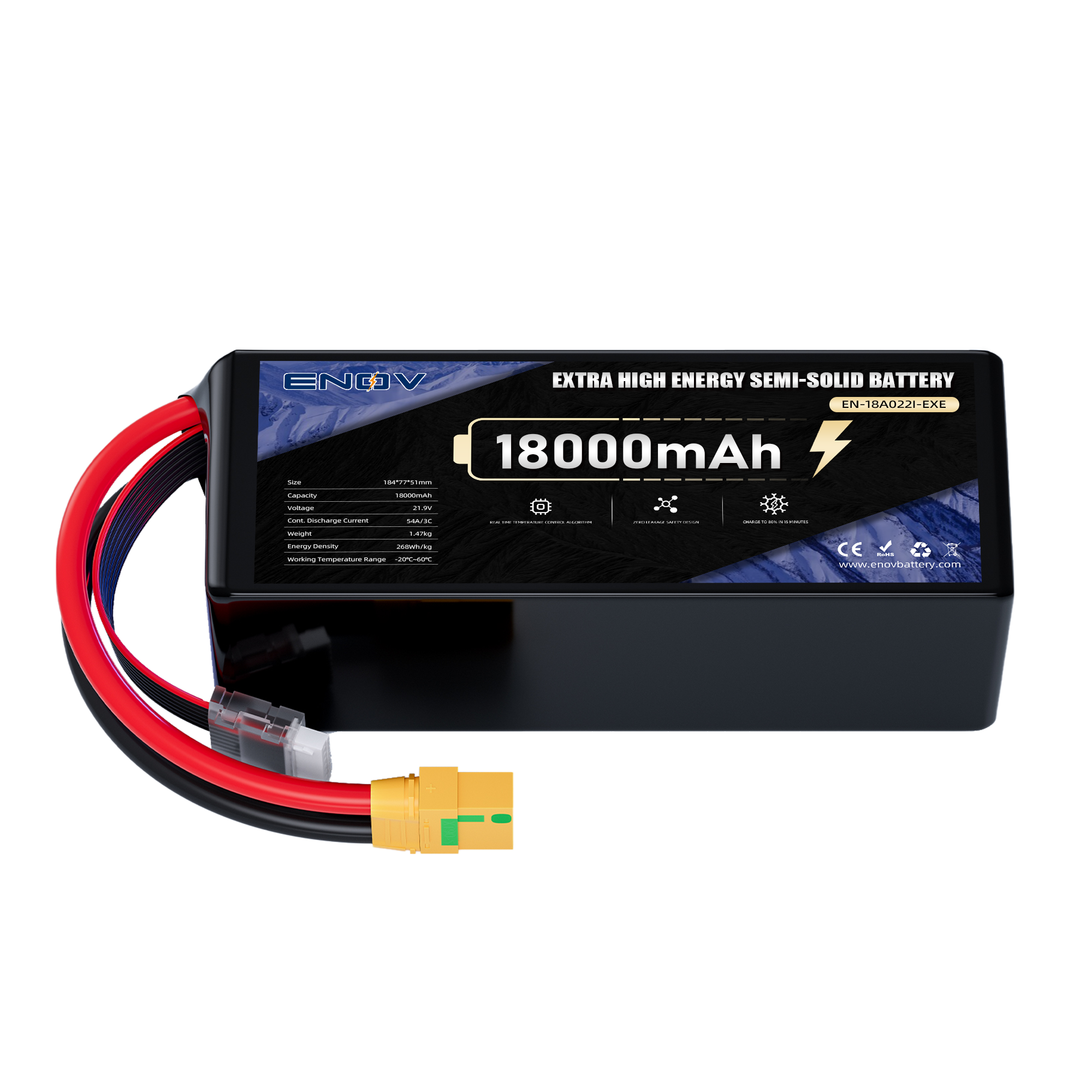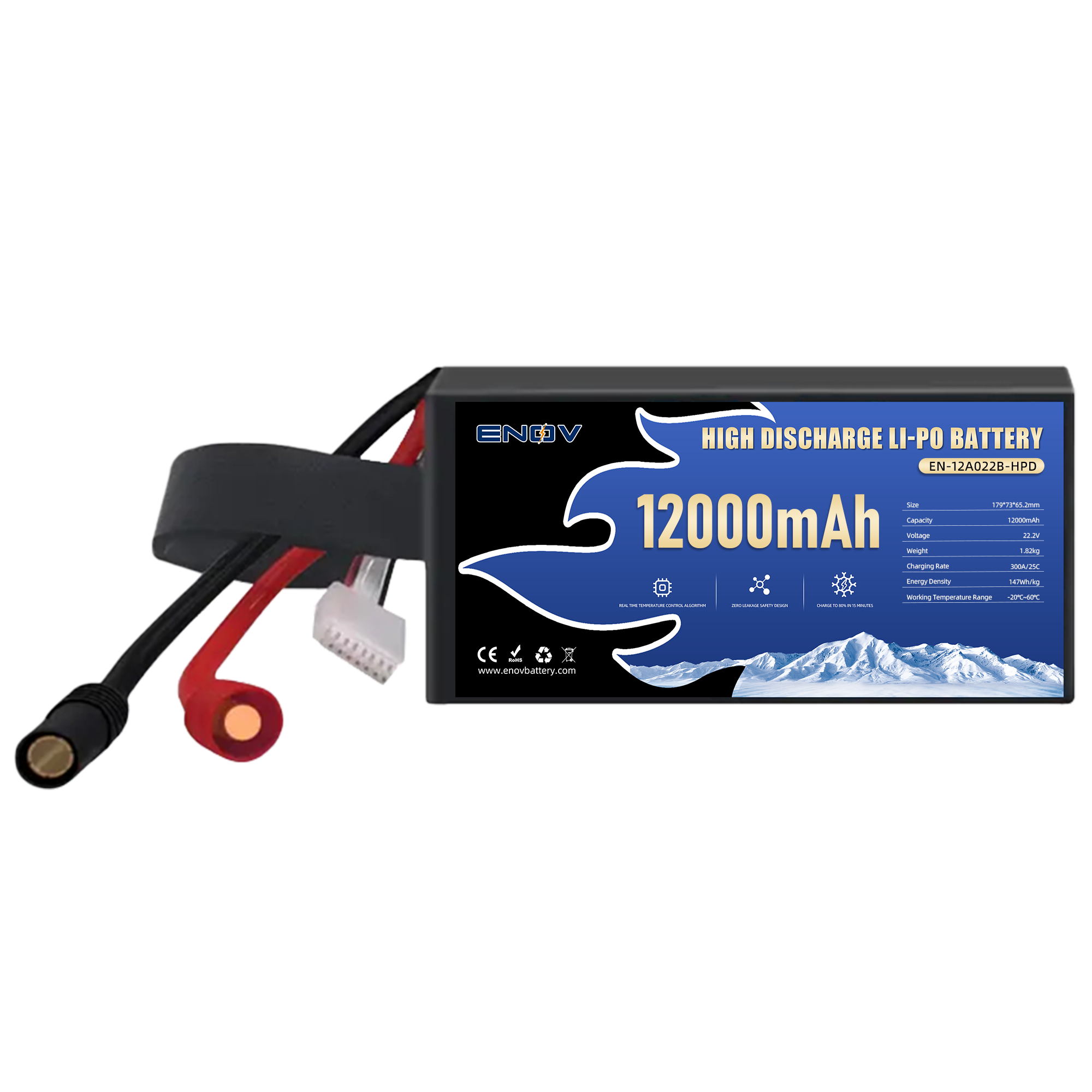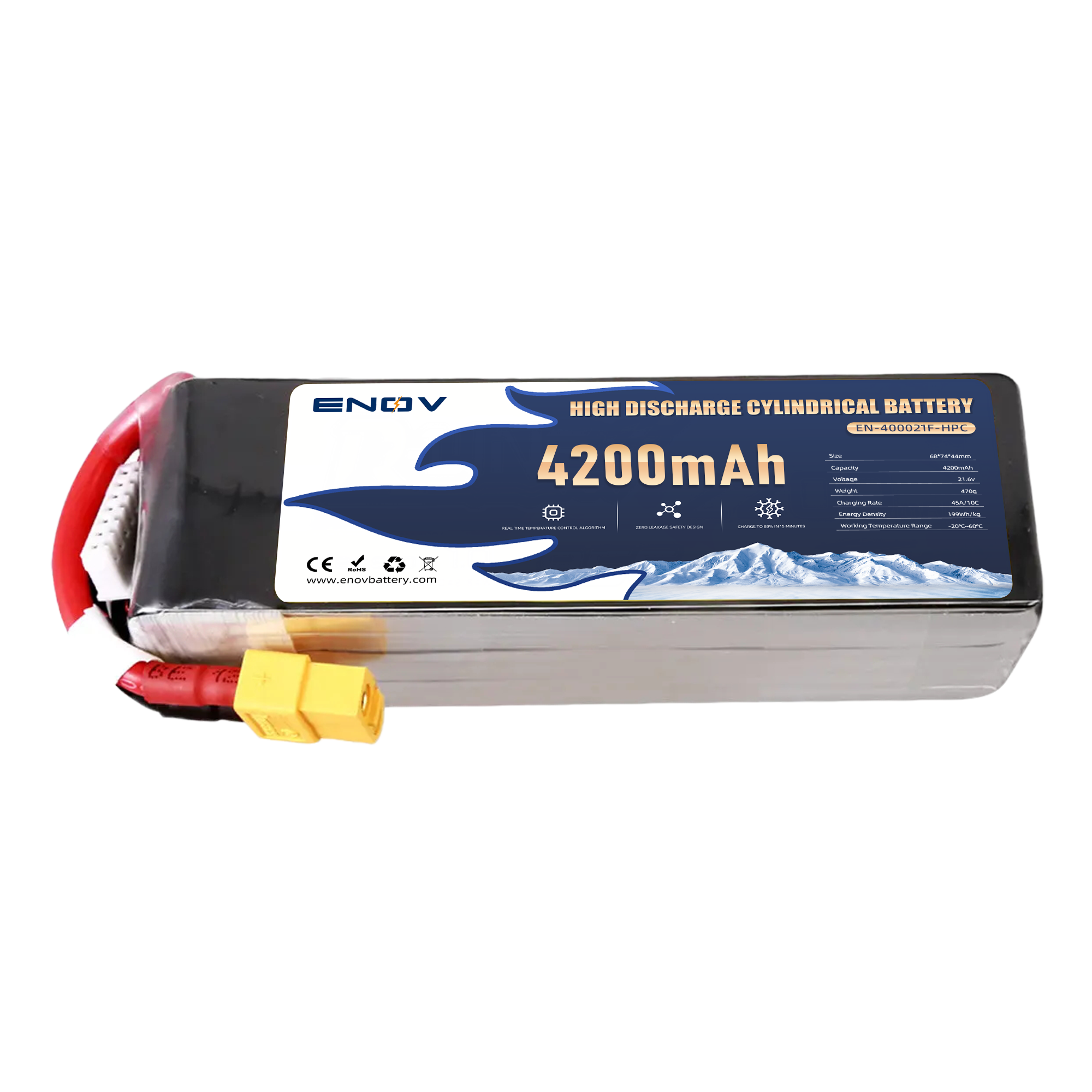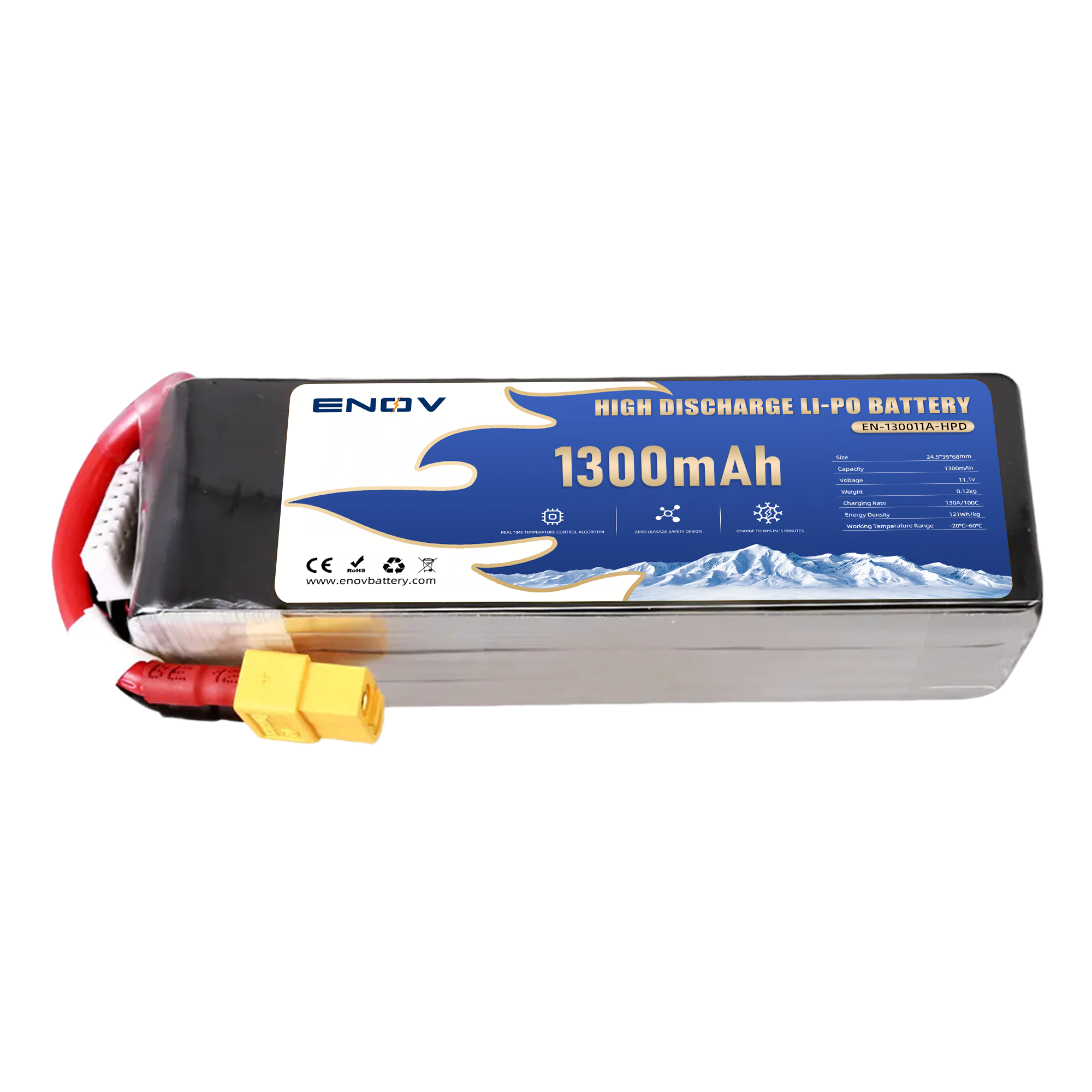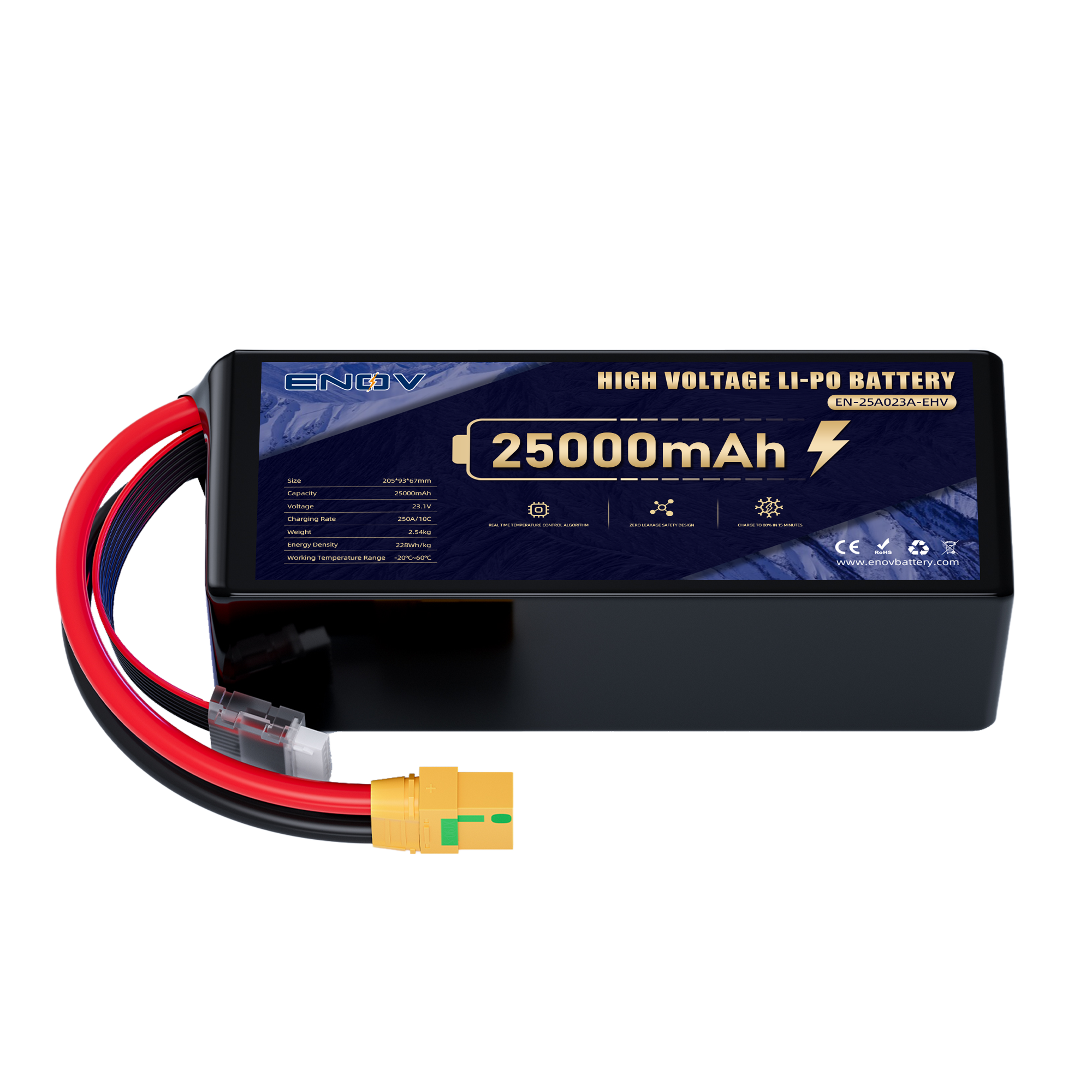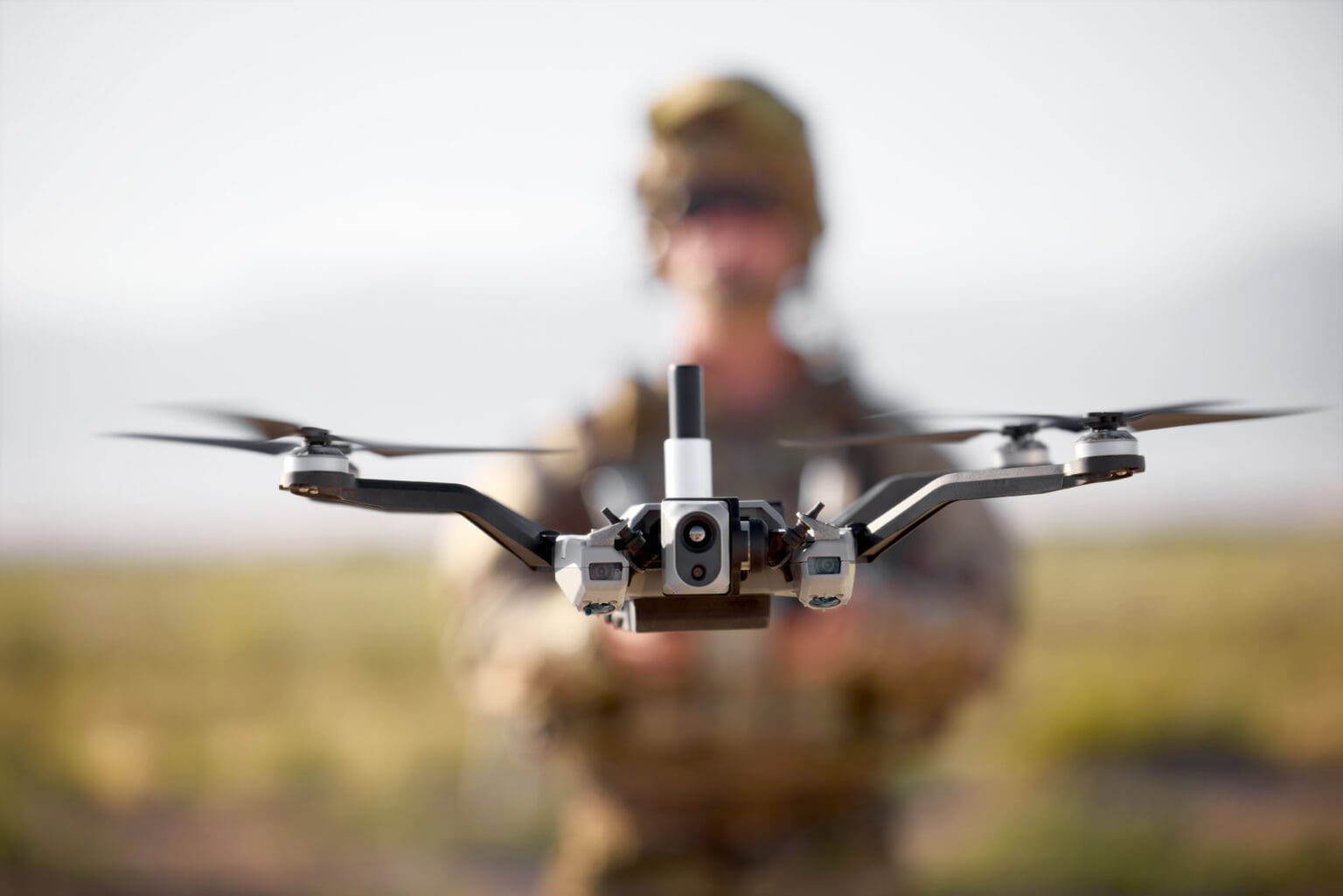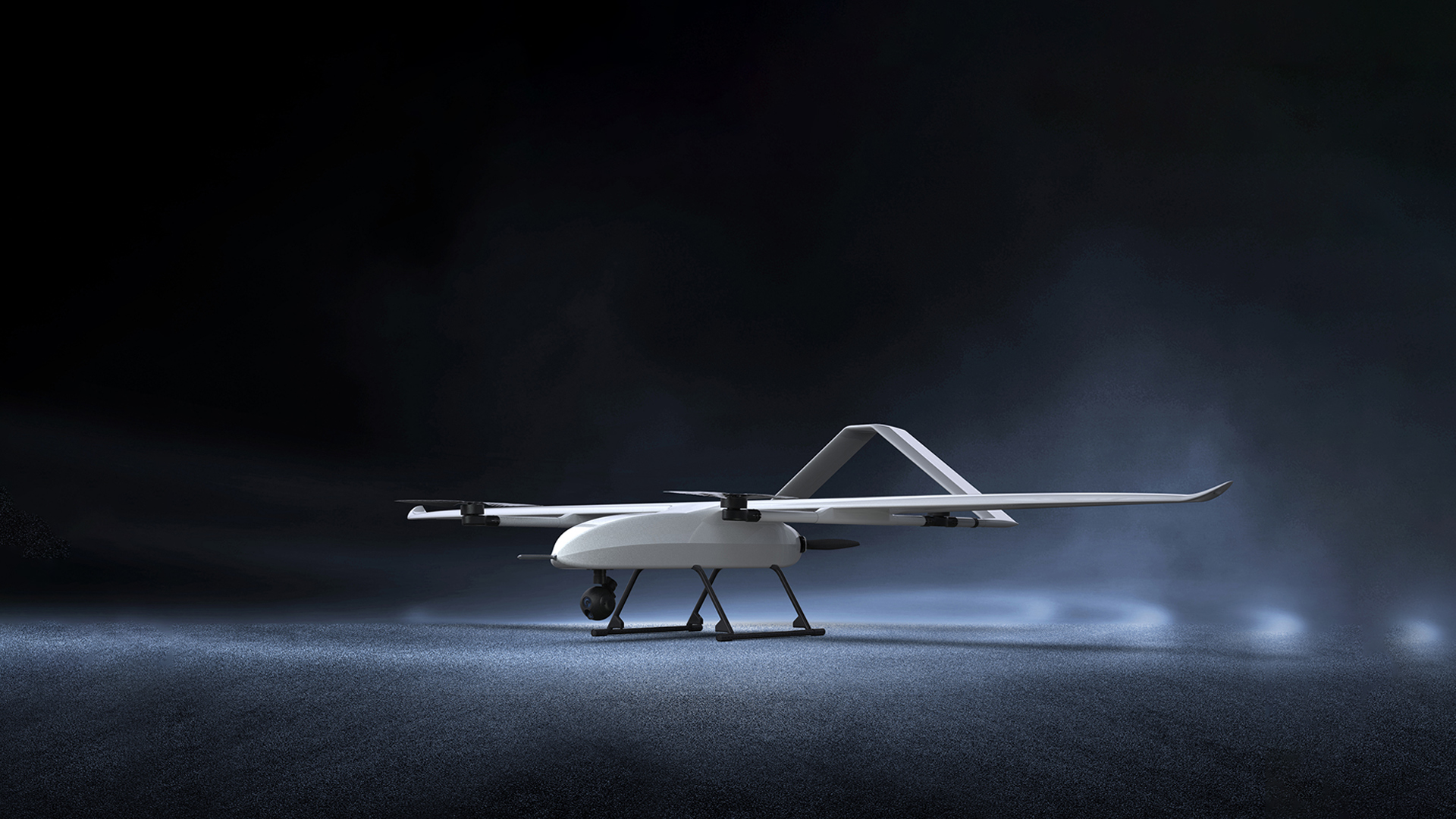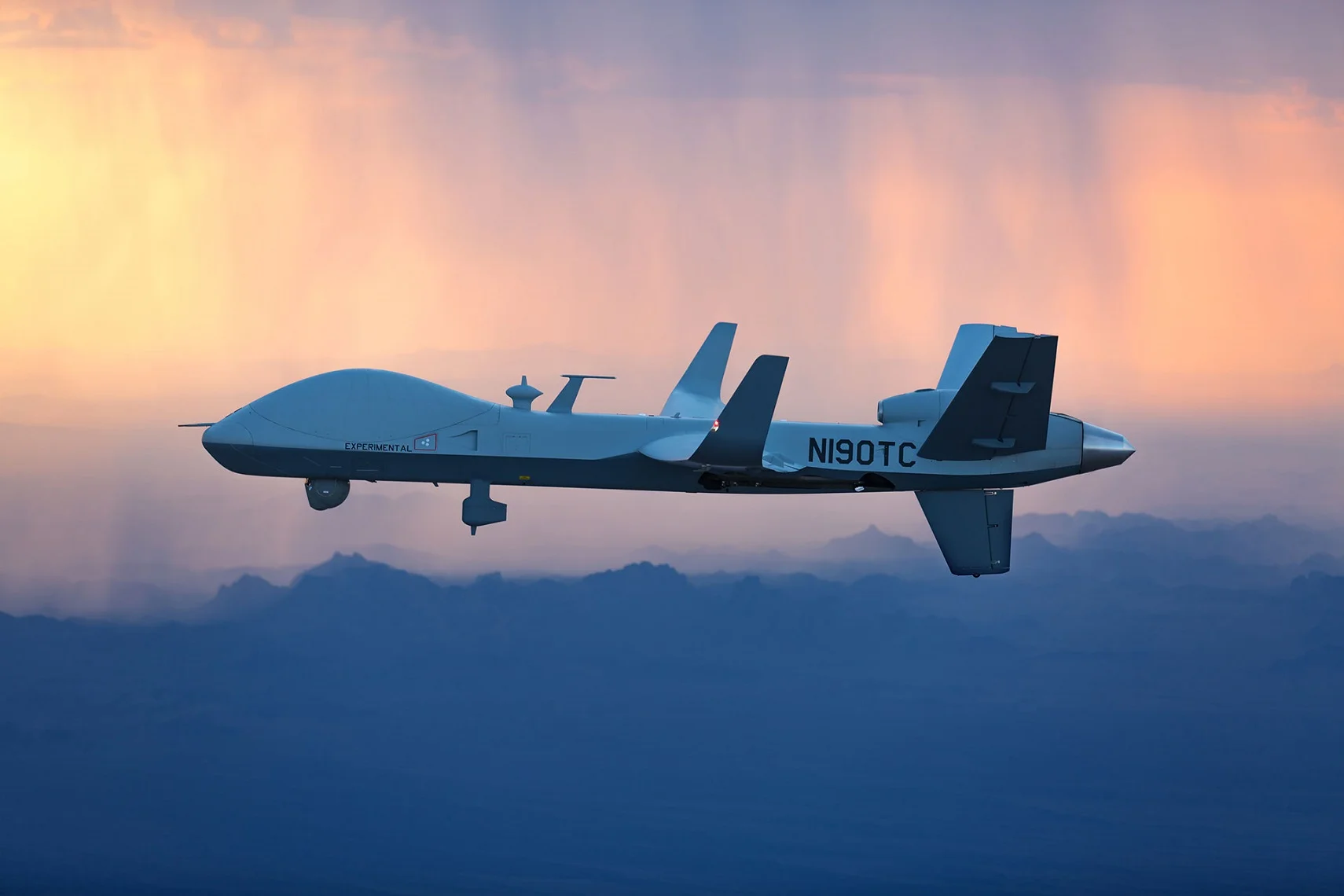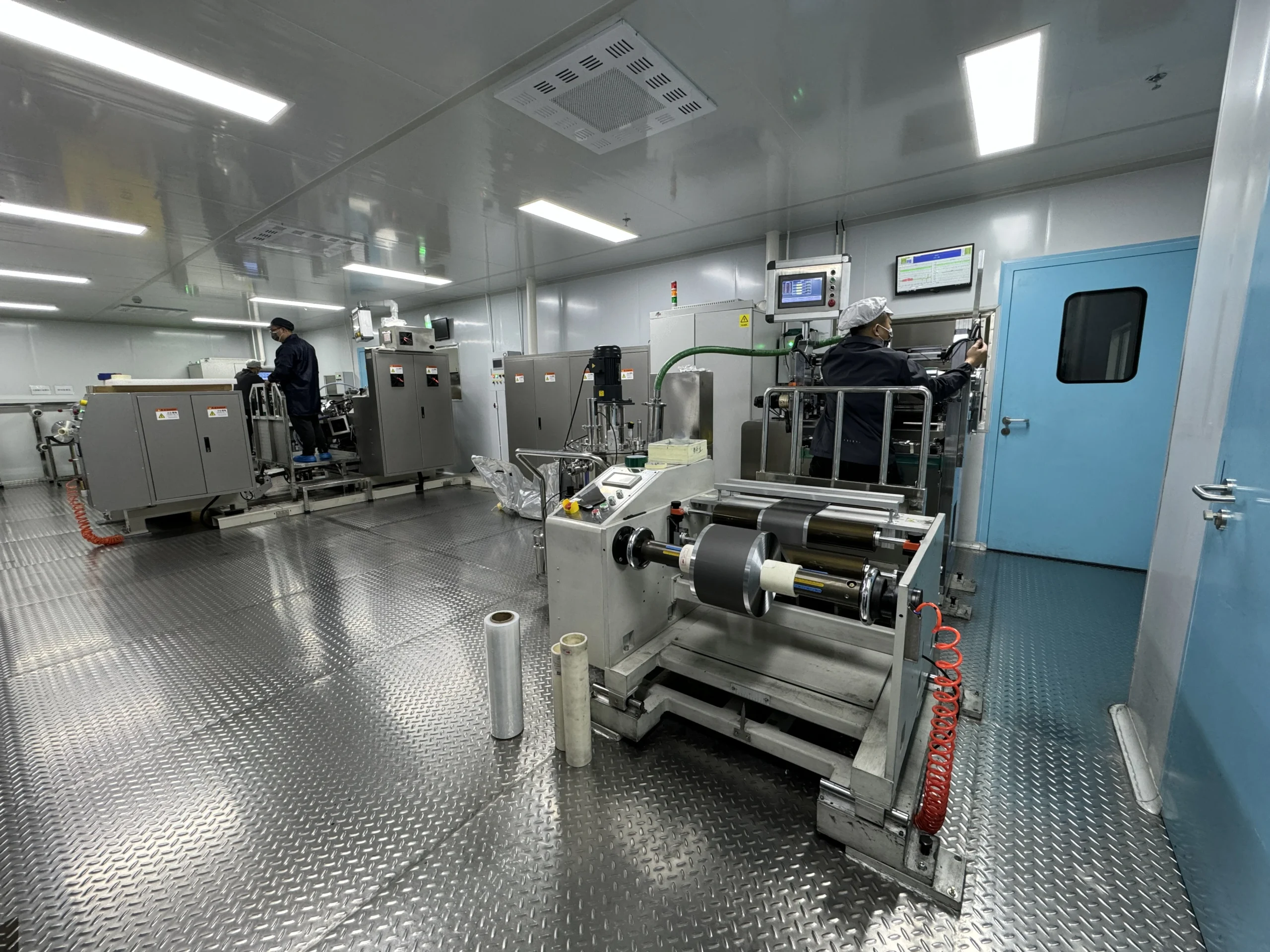Protocol Validation in System Compatibility Testing:
Aligning with Communication Standards
Protocol Validation in System Compatibility Testing: Aligning with Communication Standards
Protocol validation in system compatibility testing ensures seamless interoperability by rigorously verifying adherence to communication standards like MQTT, HTTP/3, or OPC UA. As industries increasingly rely on IoT ecosystems and decentralized architectures, validating protocols becomes critical to prevent data mismatches, latency spikes, or security breaches. By simulating real-world scenarios—such as edge-to-cloud data transfers or cross-platform API handshakes—teams can identify and resolve compatibility gaps before deployment.
thrust
1. Defining Protocol Validation Objectives
Modern systems demand precision in protocol alignment. For example, automotive networks using CAN bus protocols require validation of message prioritization and error-checking mechanisms to avoid ECU communication failures. Similarly, industrial IoT deployments must confirm that Modbus TCP packets align with timing and encryption standards across PLCs and SCADA systems. Establishing clear validation criteria, such as latency thresholds or packet loss tolerances, ensures tests mirror operational realities.
2. Simulating Multi-Protocol Environments
Transitioning between protocols often introduces risks. Hybrid cloud setups, which might combine REST APIs for web services and AMQP for messaging queues, need validation of data consistency during protocol handoffs.
Stress-testing tools like Wireshark or customized test harnesses can emulate scenarios where HTTP/2 streams coexist with WebSocket connections, flagging issues like header corruption or session timeouts. Automated scripts further validate backward compatibility when legacy protocols (e.g., FTP) interact with modern frameworks.
3. Addressing Security and Compliance
Protocol validation must integrate security benchmarks. For instance, validating TLS 1.3 implementation in HTTPS transactions ensures encrypted data exchanges comply with NIST’s SP 800-52 Rev. 2 guidelines. Additionally, testing MQTT brokers for QoS level compliance (e.g., guaranteed message delivery) prevents vulnerabilities in smart home or healthcare systems. Regular audits of protocol conformance, paired with penetration testing, harden systems against exploits like DNS spoofing or man-in-the-middle attacks.
4. Leveraging Automation for Scalability
AI-driven tools are revolutionizing protocol validation. Machine learning models can predict protocol conflicts in multi-vendor environments—such as Bluetooth Low Energy (BLE) devices from different manufacturers—by analyzing historical data patterns. Meanwhile, containerized testing frameworks (e.g., Dockerized Mosquitto MQTT brokers) enable rapid validation across OS versions, ensuring protocols like CoAP function consistently on Windows, Linux, or embedded RTOS.
5. Future-Proofing with Adaptive Testing
Emerging standards like Matter for smart home interoperability or 5G NR for ultra-reliable low-latency communication (URLLC) require agile validation strategies. Implementing version-aware test suites, which auto-update based on protocol specification changes, ensures continuous alignment. For example, validating QUIC protocol adoption in HTTP/3 deployments future-proofs systems against evolving web performance benchmarks.
Conclusion
Protocol validation in system compatibility testing is the linchpin of reliable, secure, and scalable communication across interconnected systems. By combining rigorous simulation, automation, and adaptive frameworks, teams can eliminate interoperability risks while staying ahead of technological advancements. Prioritizing protocol alignment today not only resolves current integration challenges but also paves the way for seamless adoption of tomorrow’s standards.
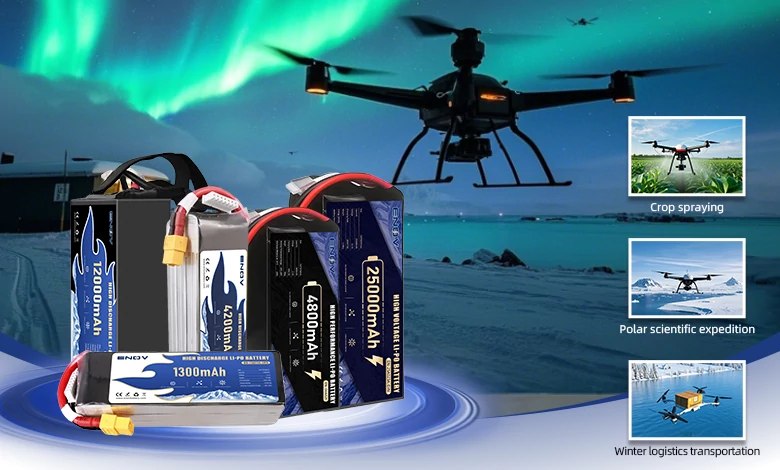
UAV DRONE battery
Enov UAV battery has the most advanced UAV battery new technology, it has a lightweight structural design, ultra-high energy density, stable continuous discharge, customized ultra-high instantaneous discharge, wide temperature working range, stable charge and discharge, battery materials can choose high nickel terpolymer positive/silicon carbon negative material system combined with semi-solid battery technology. Or choose a more mature application of more UAV lithium battery technology, available UAV battery nominal voltage 3.7V, capacity 18.0Ah ~ 30.0Ah, support 10C continuous discharge and 120C pulse discharge (3 seconds). With ultra-high energy density (220-300Wh/kg) as its core advantage, Enov UAV batteries can meet the needs of long-term endurance scenarios such as plant protection drones and transport drones, while maintaining stable emission performance in extremely low temperature environments (-40℃).
Other products
START-STOP LITHIUM BATTERY
LITHIUM ENERGY STORAGE BATTERY
QUICK INQUIRY
FAQ
Access to high frequency technical questions with one click, get accurate answers on product application, after-sales policy and customization process.
Service and Support
Get the latest product specifications, explore professional OEM/ODM customization services, click to open exclusive technical support and production solutions.
Become a Partner
We sincerely invite resources to interconnect, work together for win-win development, and immediately open a new chapter of strategic cooperation!
